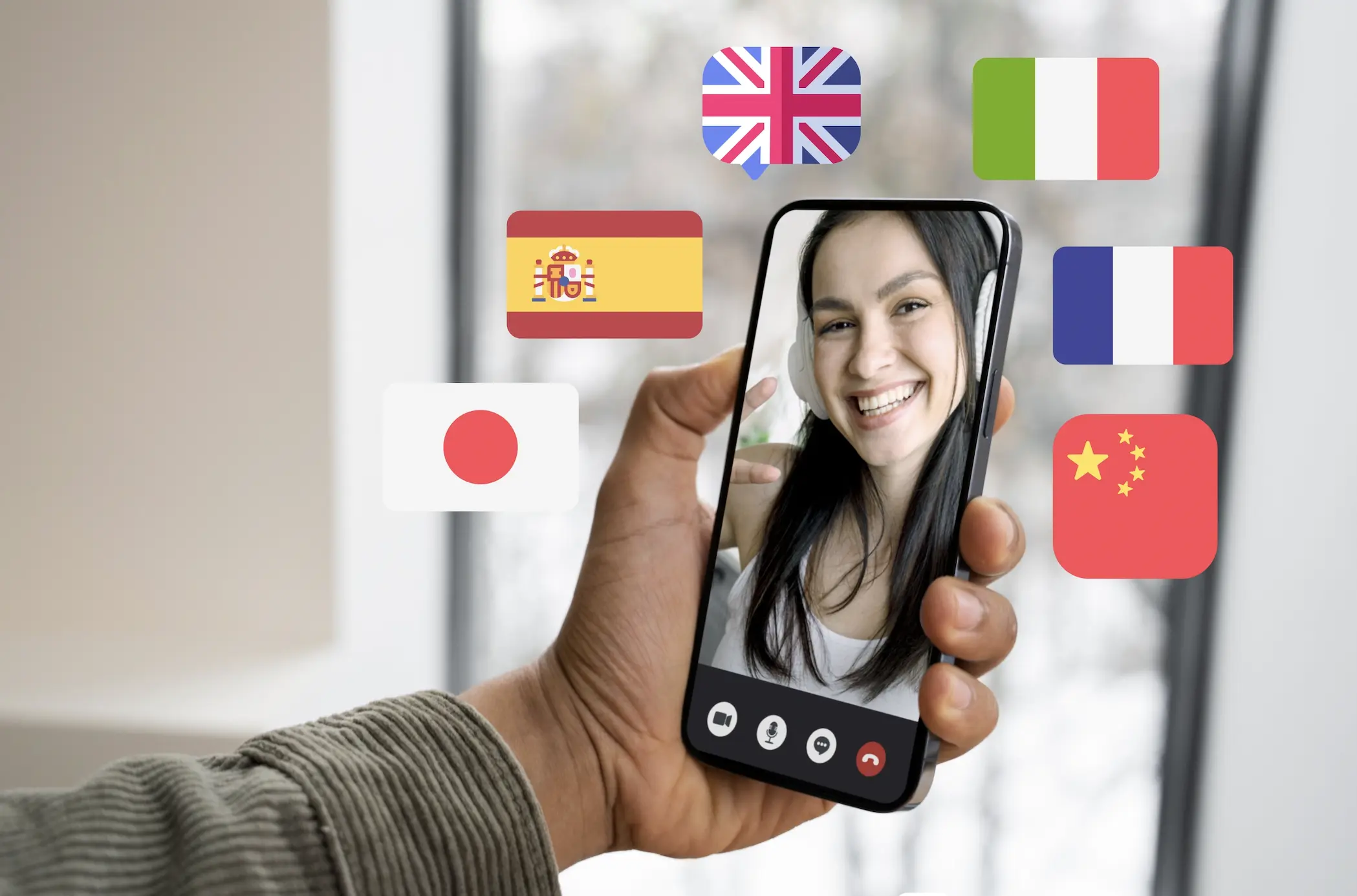
Image from Freepik
D-ID Launches AI Video Translation Tool With Voice Cloning And Lip Sync
D-ID, a company specializing in AI video creation, has launched today its AI video translation tool. This new tool offers several key features, including voice cloning, lip synchronization, bulk rendering, and an intuitive user interface.
The voice cloning feature accurately replicates the speaker’s voice, while the lip sync technology ensures that the translated words match the original lip movements seamlessly.
The tool is set to provide a cost-effective alternative to traditional methods. Additionally, the ability to generate multilingual videos in bulk speeds up the content delivery process, allowing organizations to enter new markets more rapidly.
D-ID’s website showcases some examples of translated videos to demonstrate the tool’s capabilities.
However, the broader implications of such technology on society should not be overlooked. For instance, earlier this year, Duolingo made headlines when its spokesperson, Sam Dalsimer, confirmed that the company had replaced around 10 percent of its contract writers and translators with AI.
Although this new video tool is effective, it’s important to note that it’s not completely error-free. In one of their web announcements, D-ID recommends adapting cultural references and testing locally before launching.
They recommend working closely with native speakers or cultural experts. This collaboration helps ensure that the AI-generated prompts are culturally accurate. It also makes sure the content respects local customs and resonates with the audience’s idioms.
D-ID also advises that testing the translated video with a sample from the target audience helps identify and address any cultural or linguistic issues.
The advancement of AI in translation has been ongoing for years, with milestones like the launch of Google Translate in 2006 marking significant progress. As AI continues to evolve, its role in translation and content creation will likely expand, bringing both new opportunities and challenges.


 Previous Story
Previous Story



Leave a Comment
Cancel